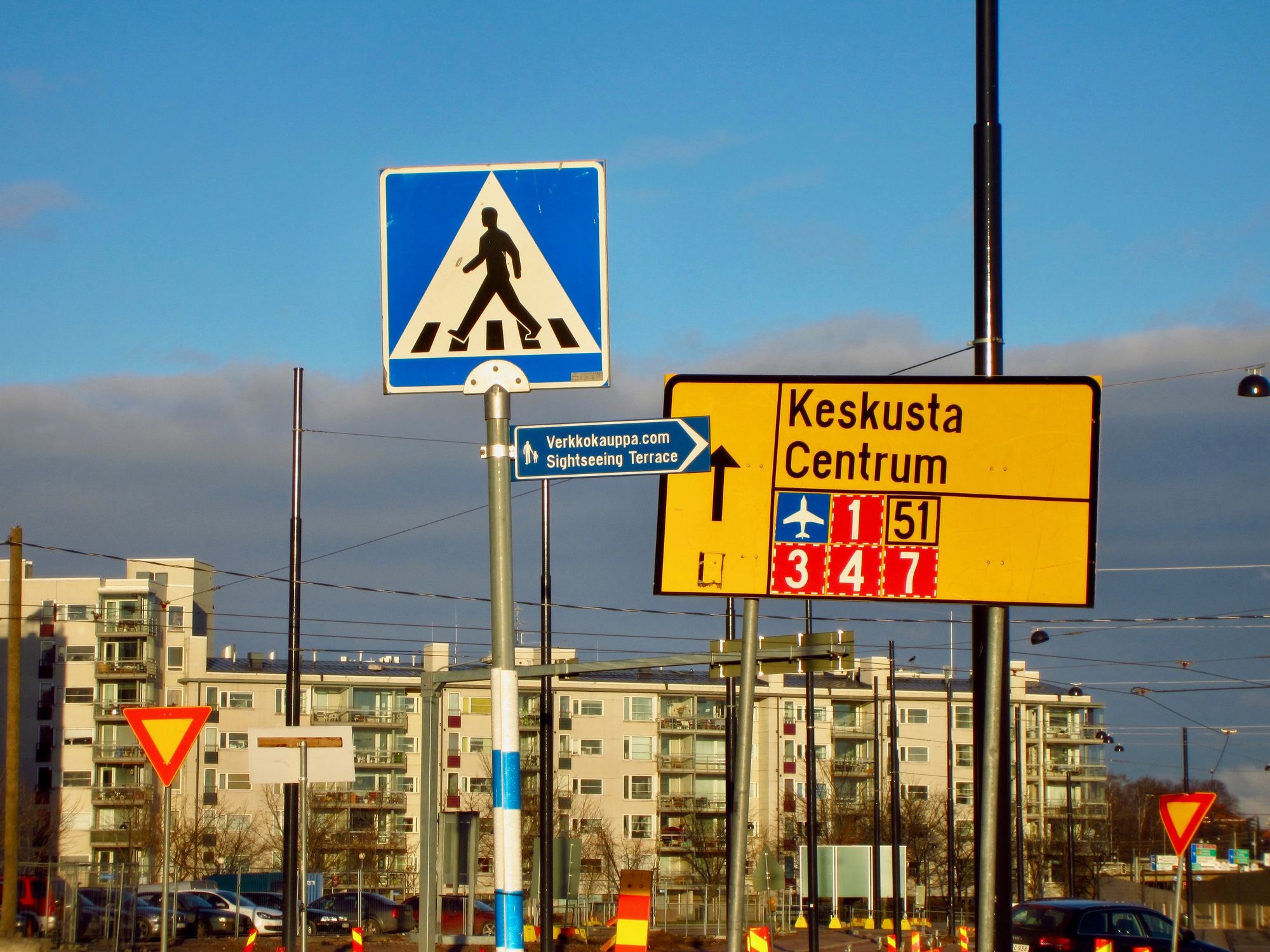
To beat "Fake News", look to… Finland?
Finland has been fighting Russian information warfare for over five years. What have they learnt?
Many people think of Russian interference in elections starting in 2016, but Finland has been on the receiving end of it for longer:
Finland has faced down Kremlin-backed propaganda campaigns ever since it declared independence from Russia 101 years ago. But in 2014, after Moscow annexed Crimea and backed rebels in eastern Ukraine, it became obvious that the battlefield had shifted: information warfare was moving online.
So, what have they done?
The course is part of an anti-fake news initiative launched by Finland’s government in 2014 – two years before Russia meddled in the US elections – aimed at teaching residents, students, journalists and politicians how to counter false information designed to sow division.
And that translates into teaching fundamental fact-checking skills at the school level:
The school recently partnered with Finnish fact-checking agency Faktabaari (FactBar) to develop a digital literacy “toolkit” for elementary to high school students learning about the EU elections. It was presented to the bloc’s expert group on media literacy and has been shared among member states.
The exercises include examining claims found in YouTube videos and social media posts, comparing media bias in an array of different “clickbait” articles, probing how misinformation preys on readers’ emotions, and even getting students to try their hand at writing fake news stories themselves.
This is a model all countries should be looking really hard at.
Sign up for e-mail updates
Join the newsletter to receive the latest posts in your inbox.










